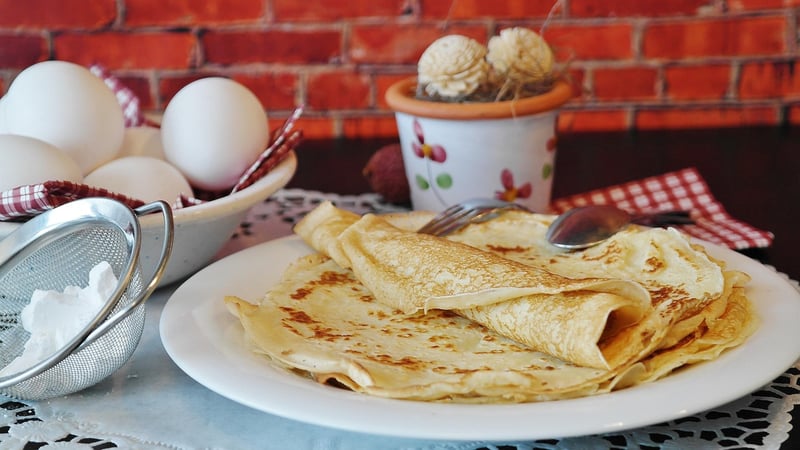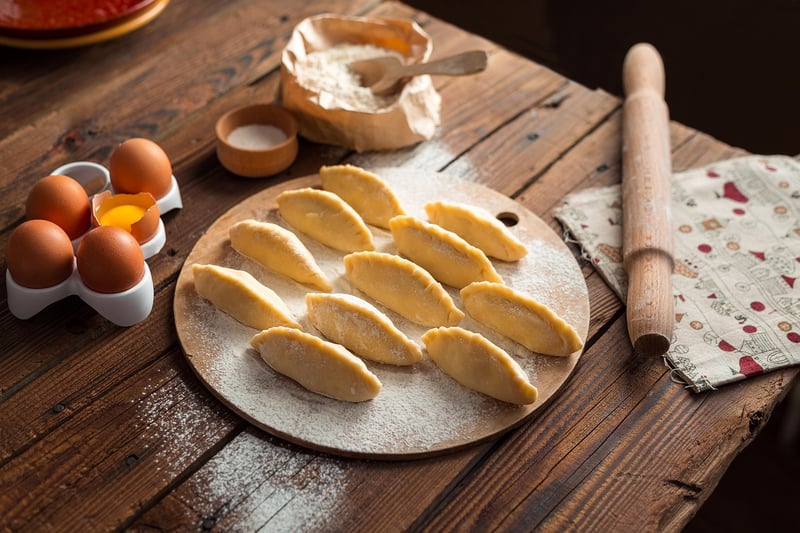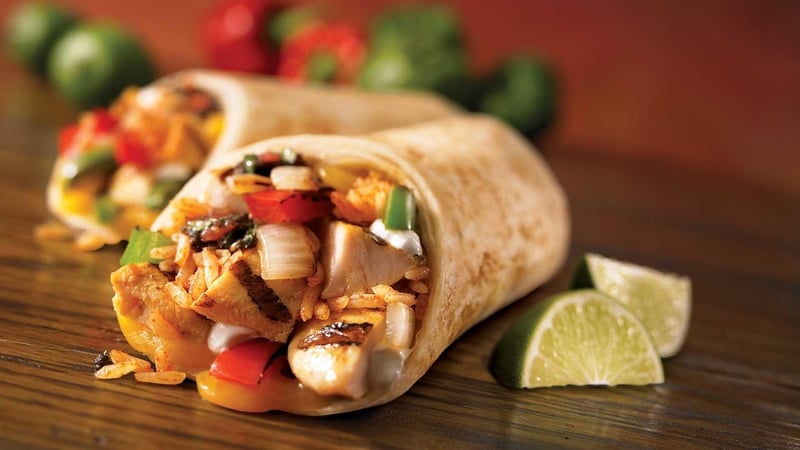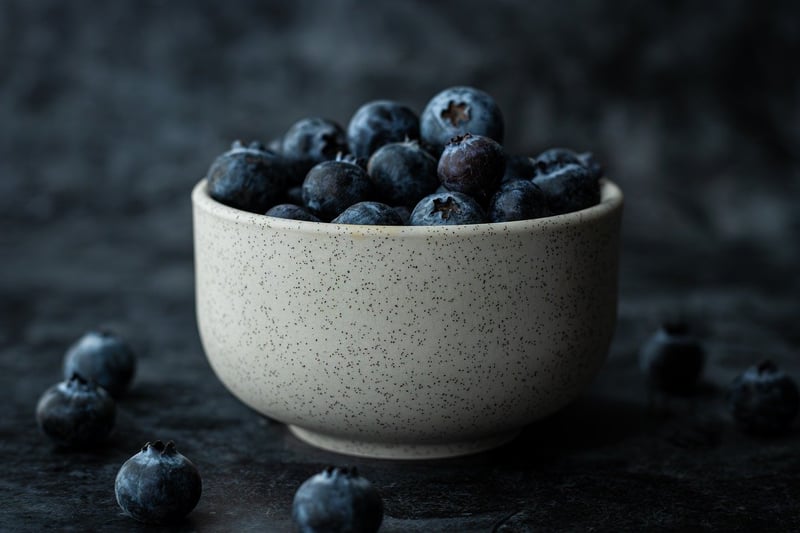Food photography
The Art of Food Photography: Enhancing Visual Appeal
Food photography is an art form that combines culinary skills with visual creativity. Capturing delicious dishes in a way that entices the viewer's taste buds requires more than just a good camera - it involves understanding lighting, composition, and styling. Whether you're a food blogger, a chef, or simply a food enthusiast looking to improve your food photography skills, here are some tips to enhance the visual appeal of your food photos.
1. Lighting is Key
Good lighting is essential for great food photography. Natural light is usually the best option, so try to shoot near a window or outdoors to capture the food in its best light. Avoid harsh overhead lighting or direct sunlight, as it can create unflattering shadows. Consider using reflectors or diffusers to soften the light and reduce harsh shadows.
2. Composition Matters
Pay attention to the composition of your food photos. Use the rule of thirds to create a visually appealing layout. Experiment with different angles and perspectives to find the most flattering view of your dish. Consider the use of props and backgrounds to add interest and context to your photos.
3. Focus on Details
Highlight the textures, colors, and details of the food you're photographing. Get up close and capture the intricate details of your dish to make it more appealing. Use a shallow depth of field to create a beautiful bokeh effect that draws the viewer's eye to the main subject.
4. Styling and Presentation
Pay attention to the styling and presentation of your dishes. Garnish your food with fresh herbs, sauces, or toppings to add color and visual interest. Experiment with different plating techniques to create visually stunning arrangements. Remember, the goal is to make the food look as appetizing as possible.
5. Edit Thoughtfully
Post-processing is a crucial step in food photography. Use editing tools like Adobe Lightroom or Snapseed to enhance colors, adjust exposure, and sharpen details. However, be mindful not to over-edit your photos, as natural-looking images are often more appealing.
6. Practice and Experiment
Like any form of art, practice makes perfect. Take the time to experiment with different techniques, styles, and settings to find what works best for you. Don't be afraid to try new things and push the boundaries of your creativity.
By following these tips and putting in the effort to refine your food photography skills, you can create stunning images that not only look delicious but also evoke a sensory experience for the viewer.



